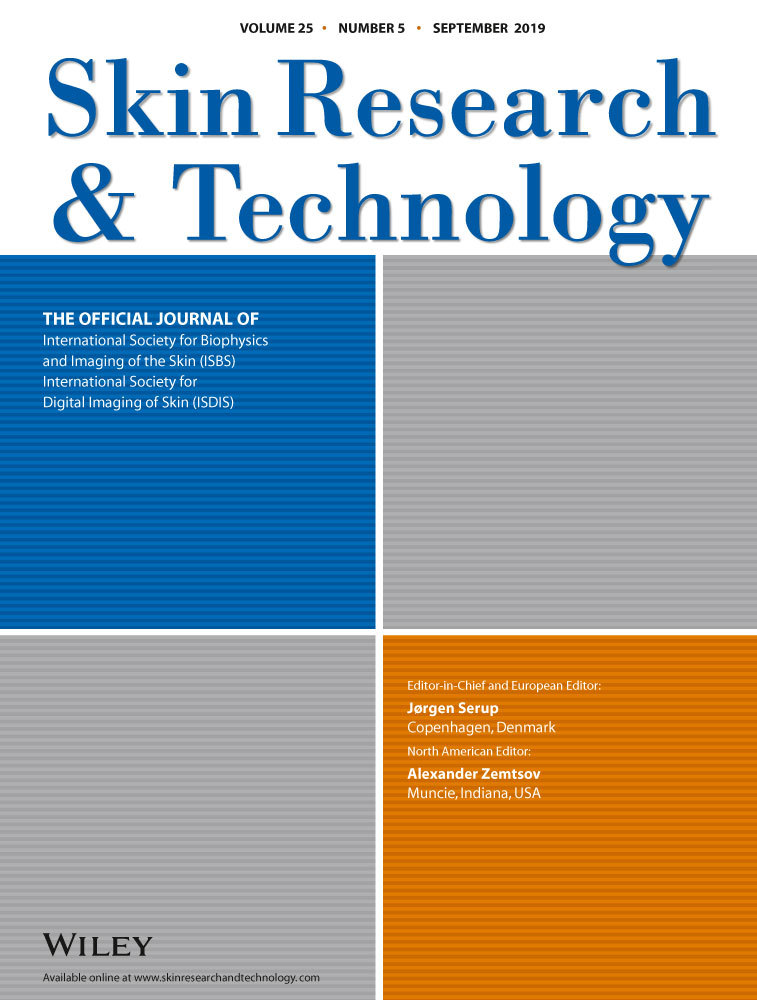Validation of a novel smartphone application-enabled, patient-operated skin barrier device
Abstract
Background
Transepidermal water loss (TEWL) and surface capacitance measure skin barrier permeability and stratum corneum (SC) hydration, respectively, and are frequently utilized in atopic dermatitis clinical trials. Many barrier devices are costly and often used only in the academic setting. GPSkin is a low-cost, patient-operated device that measures both TEWL and SC hydration. This study aimed to test the reliability of GPSkin and assess its correlation with current industry standards.
Materials and Methods
GPSkin was compared to the Biox AquaFlux (TEWL) and Courage-Khazaka Corneometer (SC hydration). Participants with healthy skin (n = 50) collected measurements with GPSkin in Trial 1 without any device education and in Trial 2 with additional instruction. In Trial 2, the investigator also performed measurements with GPSkin. Spearman's coefficients (rs) were performed to assess device correlation. Intraclass correlation coefficients (ICC) were calculated to determine reliability.
Results
Overall, GPSkin was moderately correlated with current industry device measurements for TEWL (Trial 1 rs:0.48; Trial 2 rs:0.40 participant, 0.34 investigator) and SC hydration (Trial 1 rs:0.63; Trial 2 rs:0.45). GPSkin demonstrated “good” test-retest reliability for both TEWL (ICC: 0.89) and SC hydration (ICC: 0.85) measurements when participants were provided with some device education. There was no difference in reliability between participants provided with device education and investigators.
Conclusion
Based on these findings, we concluded that GPSkin provides reasonably precise and reliable measurements of SC hydration and TEWL as compared to current devices.
CONFLICT OF INTEREST
GPower provided devices for this study and reimbursement for international conference attendance and presentation for author EE Grinich.




